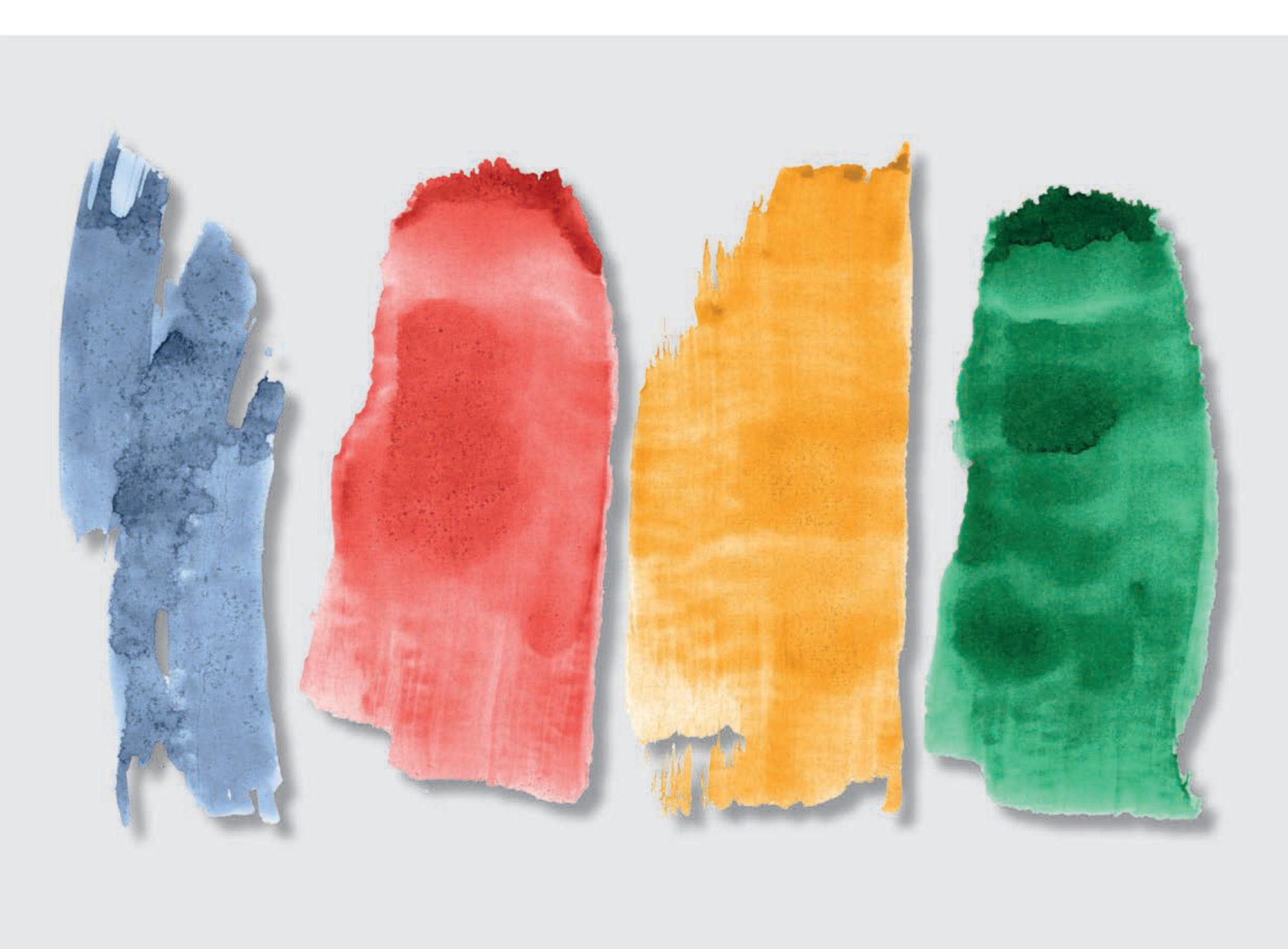Education takes place everywhere, anytime. Distinctions between formal and informal learning are no longer valid as society turns itself entirely to the power of the machine.
This scenario builds on the rapid advancements of artificial intelligence, virtual and augmented reality and the Internet of Things. Vast connectivity powered by an extensive and rich digital infrastructure and abundance of data have completely changed our perception of education and learning. Learning opportunities are widely available for “free”, marking the decline of established curriculum structures and dismantling of the school system.
Digitalisation has made it possible to assess and certify knowledge, skills and attitudes in a deep and practically instantaneous manner, and the intermediary role of trusted third parties (e.g. educational institutions, private learning providers) in certification is no longer necessary. As the distinction between formal and informal learning disappears, massive public resources previously devoted to large-scale schooling infrastructure become liberated to serve other purposes or education through other means.
This scenario sketches a world where all sources of learning become “legitimate” and people’s education advances by leveraging collective intelligence to solve real-life problems. Lifelong AI personal assistants connect to the environment and among themselves to feed their information systems and propose personalised learning solutions, building on individuals’ curiosity and needs, helping to identify knowledge and skills gaps, encouraging creativity and self-expression and connecting learners one another in communities of common purpose. No language barriers exist in access to learning and collaboration with others; accurate translation is now automatic and in real time.
Distinctions between education, work and leisure become blurred. Enterprises make use of AI applications for their recruitment processes, and available workers also obtain information on and access opportunities as well as to continue learning as they work. Part of the old school system infrastructure may remain, although its function is much more open and flexible. There are no mandatory requirements, at least in‑person and with fixed schedules. Places for learning welcome children in a drop in basis, as do open and private, digital or face-to-face learning communities.
Similar to scenario 2, alternative “childcare” arrangements may be necessary with the demise of physical schools. In this scenario, digitalisation and “smart” infrastructure favour the creation of safe and learning‑rich public and private spaces. Building on surveillance systems, digitally connected, interactive infrastructure, such as intelligent playgrounds, can now look after children while proposing them with learning activities and fostering behaviours towards the satisfaction of certain goals (e.g. healthy lifestyles).
It is difficult to advance the role of governments vis-à-vis private interests in the market and civil society. Global digital corporations may play a key role, for instance, in powering learning systems and new human-machine interfaces, but it is also possible that these co-habit with a diversity of bottom-up, non-for-profit initiatives. Although not a given, these developments could develop within the confines of strong regulatory regimes – ensuring algorithm transparency and ethics by design, for example – or through platforms sponsored or directly run by public authorities – local, national or international. Developments around data ownership, democracy and citizen empowerment will have an important impact on these discussions (see the OECD Going Digital scenarios (OECD, 2018, p. 21[6])).
The teaching professional has vanished in this society where rich learning opportunities are available anytime and everywhere and individuals have become prosumers (professional consumers) of their own learning. At the same time, classes, lectures and various forms of tutoring may be commonplace both offline and on, some articulated by humans, others created by the machine.





